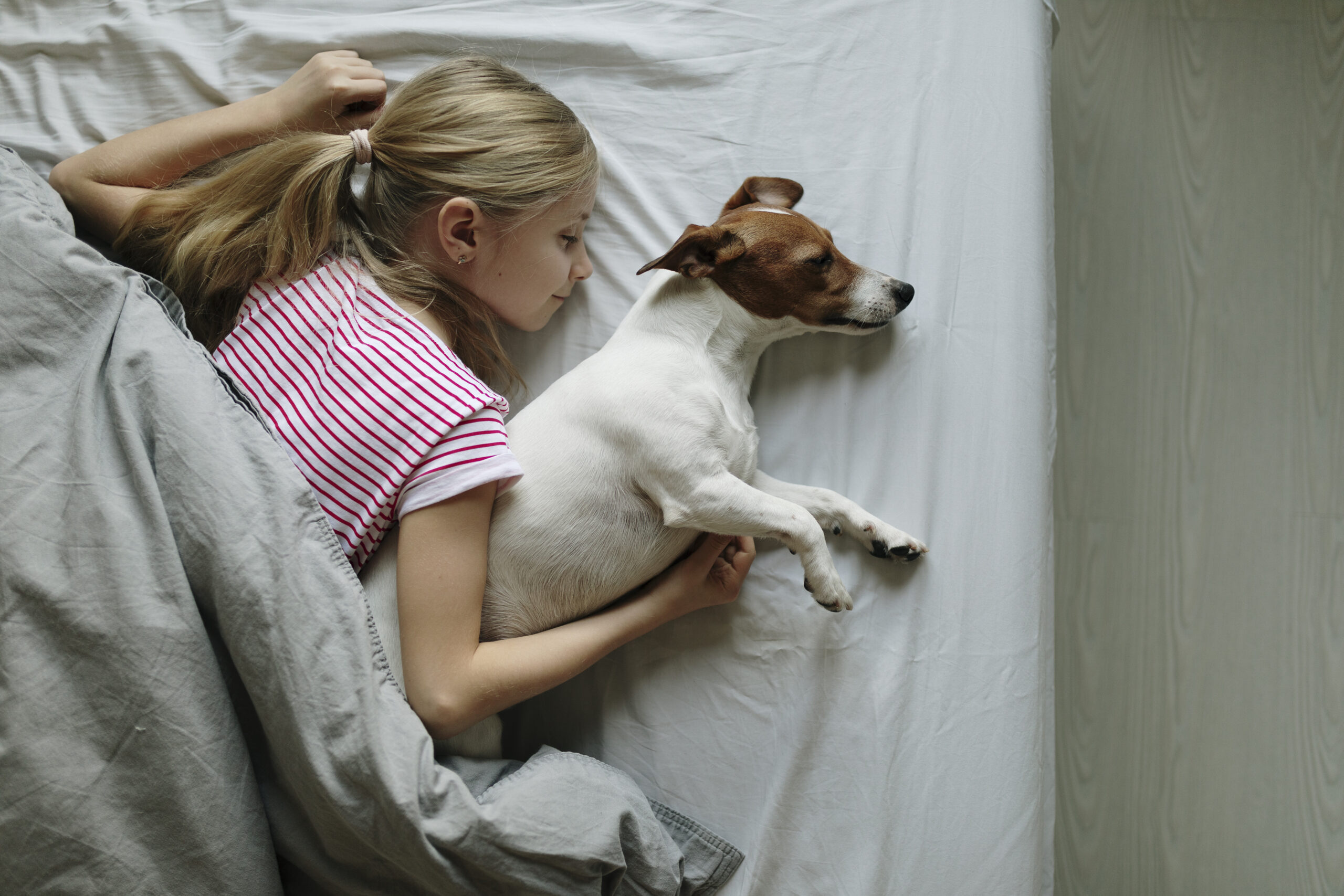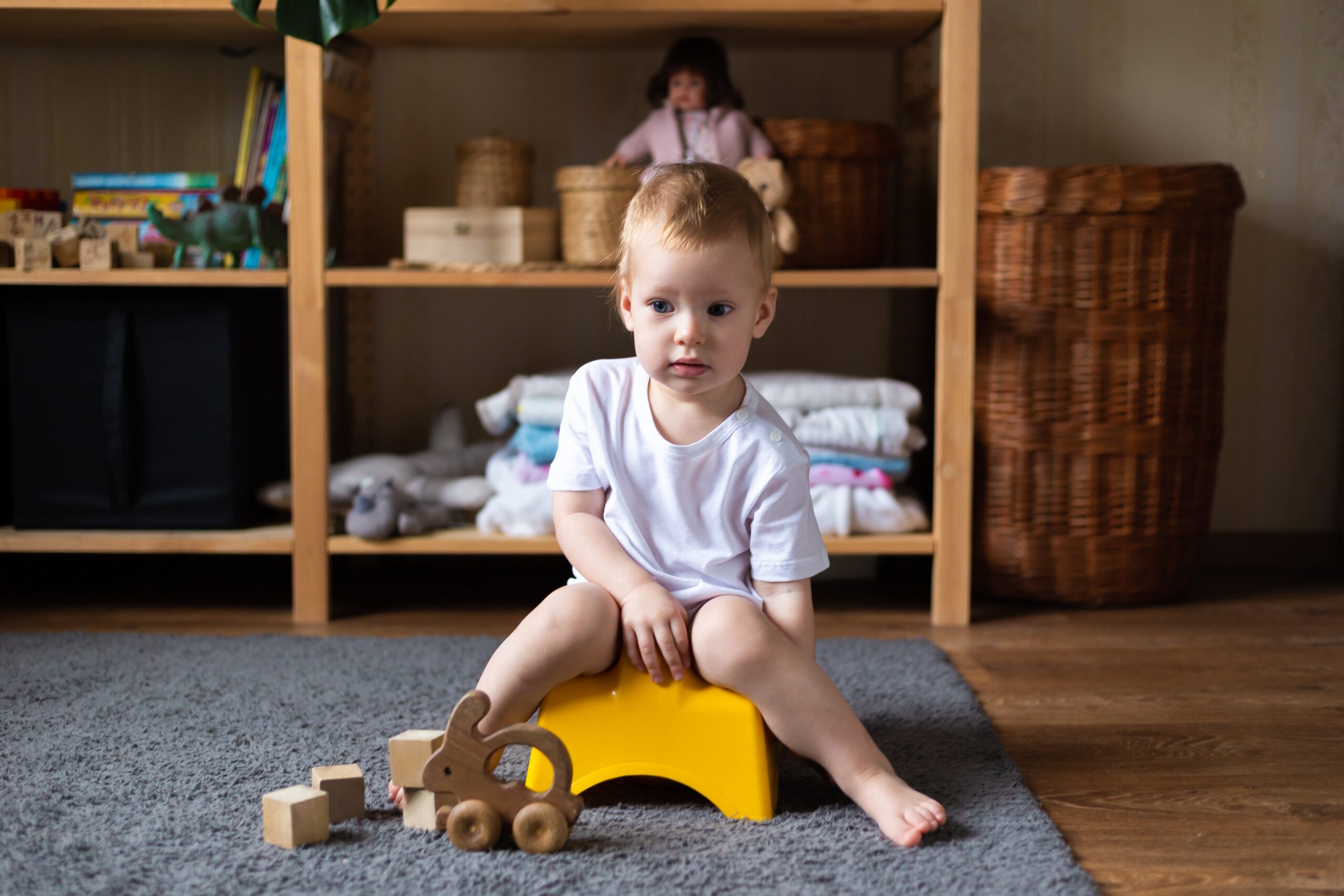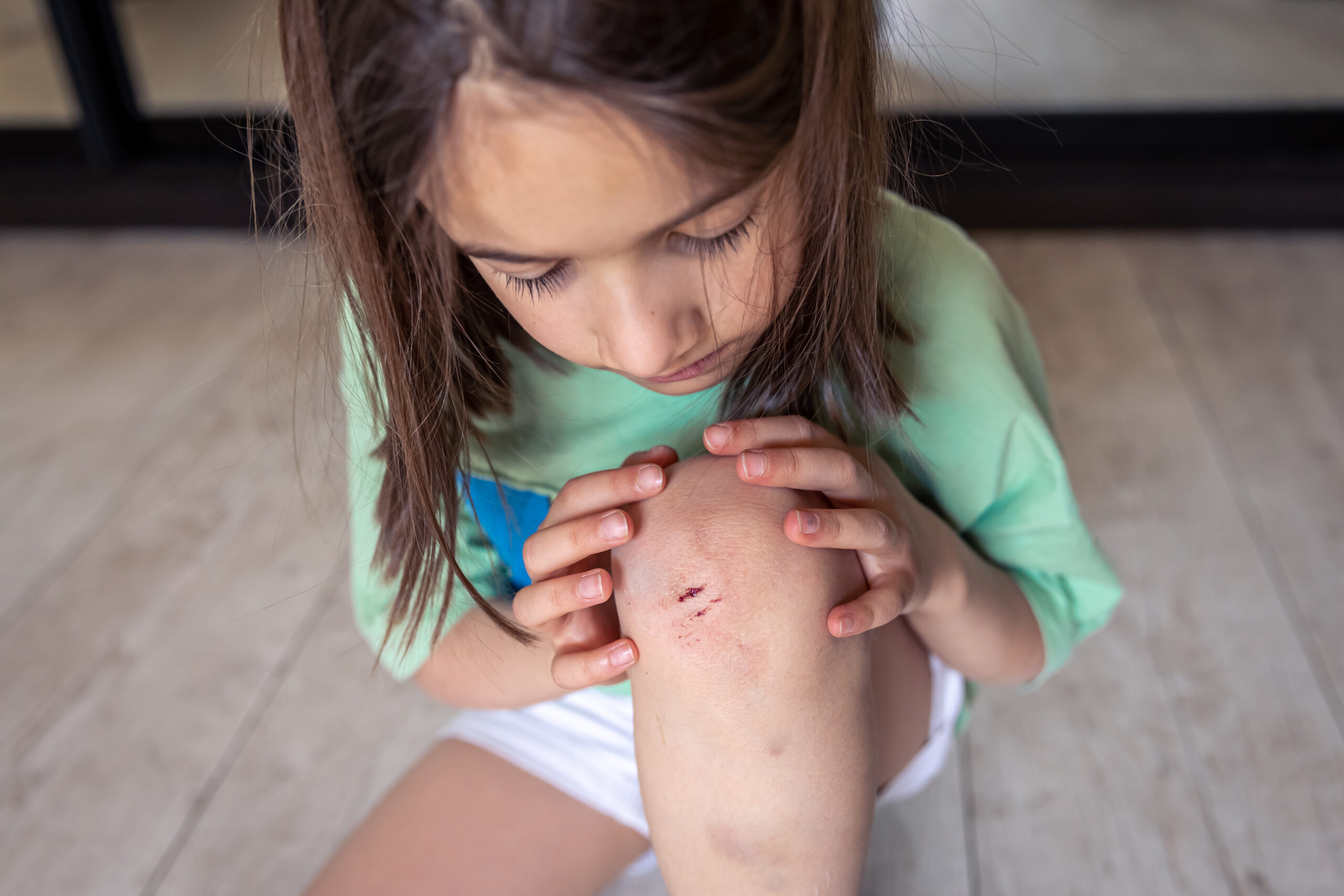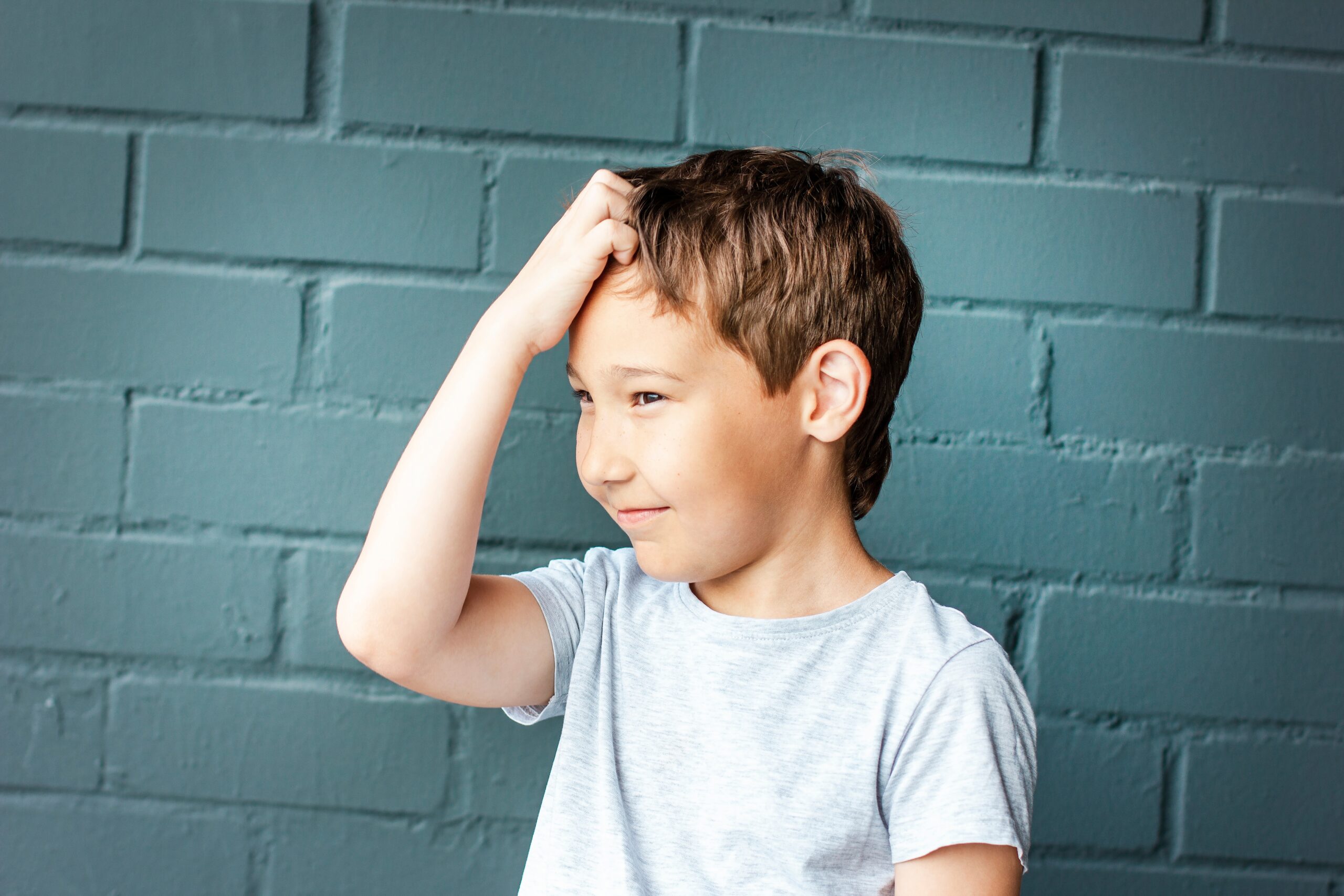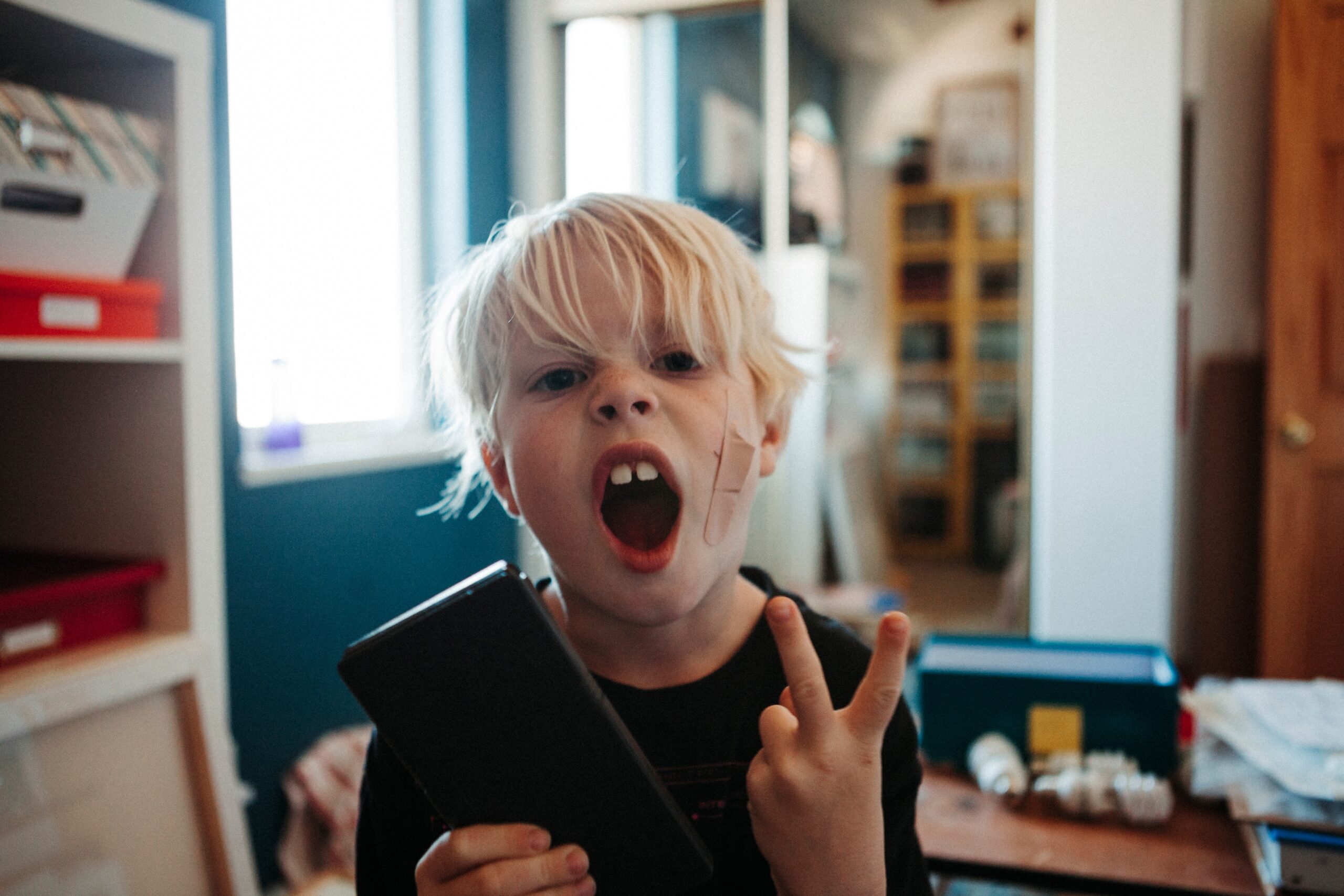How to Get a Child with autism to Sleep Alone
Sleep disturbances can be relatively common in children with Autism Spectrum Disorder (ASD). Establishing separate sleep patterns, where the child can sleep independently from their parents, can greatly improve the overall sleep quality and promote healthy sleep habits for the child with ASD. While there’s no one-size-fits-all method, research and experts suggest some strategies that may be effective. Here are some of them:
1. Gradual Fading Technique
The gradual fading technique involves a step-by-step approach to help your child with autism become comfortable sleeping on their own. Here’s how you can implement it:
Step 1: Sleep Next to Your Child
Start by placing a mattress or a sleeping bag on the floor next to your child’s bed, so you are close but not in the same bed.
Step 2: Gradually Increase Distance
Each night, gradually move the mattress or sleeping bag farther away from your child’s bed until you are outside the room.
Step 3: Be Flexible
This process might take time, and there may be setbacks. If your child shows signs of discomfort, be flexible and move a little closer to their bed before attempting to increase the distance again.
2. Positive Reinforcement
Positive reinforcement can be a powerful tool in encouraging your child to sleep independently. Create a visual sleep chart that includes bedtime routines, sleeping alone, and morning wake-up times. Use a token or stickers system to reward your child for following the sleep chart. For instance, they can earn a sticker each night they sleep in their own bed. After a specific number of stickers are collected, offer a preferred reward, such as a special activity or a small treat. Keeping your child involved in tracking their sleep progress and following the chart will enhance their motivation.
3. Bedtime Routine and Visual Supports
Establish a consistent bedtime routine using visual supports, such as a picture schedule or a social story, to guide your child through the steps. The routine might include brushing teeth, putting on pajamas, reading a bedtime story, and then getting into bed. The visual supports can help your child understand and anticipate each step of the bedtime routine, making the transition to independent sleep smoother.
4. Bedtime Fading Technique
The bedtime fading technique aims to gradually adjust your child’s bedtime to encourage falling asleep independently. Here’s how to implement it:
Step 1: Identify Current Bedtime
Start by identifying the time your child usually falls asleep when sleeping with adults.
Step 2: Gradually Adjust Bedtime
Gradually move their bedtime 15 minutes earlier each night until they are sleeping independently in their own bed. For example, if your child typically falls asleep at 10:30 PM when sleeping with adults, aim to put them to bed at 10:15 PM initially. Continue this process, moving their bedtime 15 minutes earlier each night until they are comfortably sleeping on their own.
5. Additional Supports for Staying in Bed
Use a timer or a visual clock in your child’s room to show when it’s time to stay in bed until morning. If your child stays in their bed throughout the night, offer a reward or praise in the morning. Positive reinforcement can help reinforce the behavior of staying in bed independently.
6. Sensory Aspect
Pay attention to sensory factors that may impact your child’s sleep, such as lighting, noise, or bedding materials. Provide sensory-friendly options, such as weighted blankets or soft textures, to create a calming sleep environment. Some common sensory-friendly items used during sleep training include nightlights, phosphorescent stickers, white noise machines, pressure bed wraps, weighted blankets, bedsheets with favorite movie characters, and weighted soft toys.
7. Consistency and Patience
Consistency is crucial for any sleep training method. Stick to the plan and be patient with your child’s progress, as changes may take time. Remember that every child is unique, and what works for one child may not work for another. Be open to adjusting your approach based on your child’s responses and progress. It’s essential to approach sleep training with understanding, compassion, and flexibility, taking into account the individual needs of your child with autism.
In conclusion, helping a child with autism learn to sleep independently in their own room can be a gradual process, but with the right strategies and patience, it can be achieved. Each child is different, so it’s essential to tailor the approach to suit your child’s specific needs and preferences. With positive reinforcement, consistency, and a supportive sleep environment, you can set your child on the path to healthy sleep habits and improved overall well-being.
Also read: How to Stop Thumb-Sucking Behavior
About Olga Sirbu
My name is Olga Sirbu, I am a Board Certified Behavior Analyst (BCBA) and Licensed Applied Behavioral Analyst. My goal is to support and empower families and individuals on the autism spectrum.
Autism Advance is dedicated to training parents and caregivers, providing practical tips, and teaching individuals how to educate kids with autism.
I share evidence-based practices to help you better understand and support individuals with autism. Learn practical strategies to help individuals with autism reach their full potential, as well as gain a deeper understanding and acceptance of autism.
Thank you for considering Autism Advance as a resource for your autism journey.

